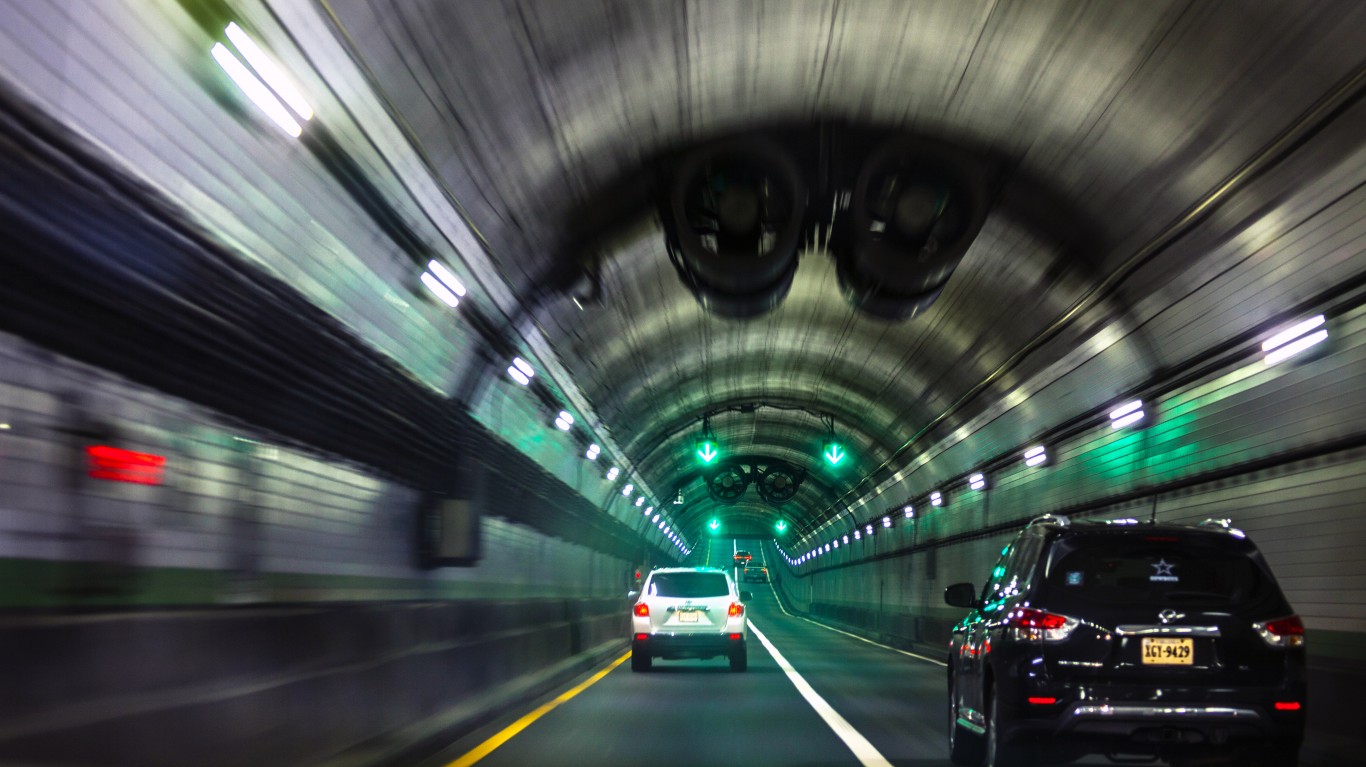
The longest nonstop airline flight in the Lower 48 states is a 2,780-mile journey between Seattle and Miami. One 5,440-mile round-trip between those two cities coughs up more than 3,500 pounds of greenhouse gases (GHG) per passenger.
That round trip emits the least amount of GHG per person of any of 17 trips analyzed by Michael Sivak, managing director of Sivak Applied Research, and reported at Green Car Congress. By way of contrast, the average annual carbon footprint of a single occupant (driver or passenger) in a light-duty vehicle (car, sport utility vehicle or pickup) totals 7,958 pounds of GHG emissions.
A single international round-trip between San Diego to Frankfurt, Germany, emits 7,938 pounds of GHG per passenger, essentially identical to the amount of GHG spit out per occupant of a light-duty vehicle in a year. Traveling in a first-class seat, a round-trip from Atlanta to Los Angeles also emits 7,938 pounds of GHG, about three times the amount per passenger as an economy-class seat on the same trip.
Short flights emit much more carbon than the Seattle-to-Miami flight, which emits the least GHG per passenger mile (0.65 pounds) of all 17 trips Sivak analyzed. The shortest flight in the United States is a 131-mile round trip between San Francisco and Santa Rosa. GHG per passenger mile on that trip totals 2.98 pounds.
On the longest international flight originating in the United States, the GHGs emitted totaled 0.73 pounds per passenger mile. That would be the 19,040-mile round trip between New York/Newark and Singapore.
Short flights use a disproportionate amount of fuel for takeoff, up to 25% by one estimate. Unusually long flights generate higher emissions per passenger likely due to an airline’s inability to cram as many passengers as it would like into the plane. All those first-class lay-flat beds and private compartments raise the average emissions because there are fewer passengers to spread the emissions among. The most fuel-efficient non-stop flight distance is around 2,670 miles, about the distance between Las Vegas and St. Louis.
The carbon offset calculator at co2.myclimate.org reveals that a first-class passenger flying from Los Angeles to Atlanta is being subsidized to the tune of $33 for GHG emissions. That is, an appropriate carbon tax for traveling by plane would add $33 to the fare. The round-trip between New York and Singapore would carry a carbon tax of $173 per economy passenger, $333 per business class passenger and $519 per first-class passenger.
The World Bank estimates that 3.98 billion passengers were carried by the world’s airlines in 2017. For the sake of argument, let’s assume that the average round-trip distance flown was 2,670 miles, the most fuel-efficient distance. That pencils out to nearly $10 trillion in avoided carbon taxes annually. With aircraft sales booming, that total is steadily rising.
Are You Ahead, or Behind on Retirement? (sponsor)
If you’re one of the over 4 Million Americans set to retire this year, you may want to pay attention. Many people have worked their whole lives preparing to retire without ever knowing the answer to the most important question: are you ahead, or behind on your retirement goals?
Don’t make the same mistake. It’s an easy question to answer. A quick conversation with a financial advisor can help you unpack your savings, spending, and goals for your money. With SmartAsset’s free tool, you can connect with vetted financial advisors in minutes.
Why wait? Click here to get started today!
Thank you for reading! Have some feedback for us?
Contact the 24/7 Wall St. editorial team.

